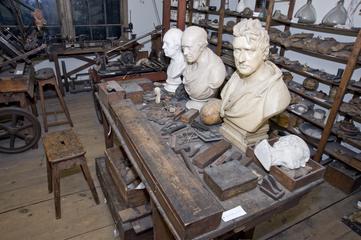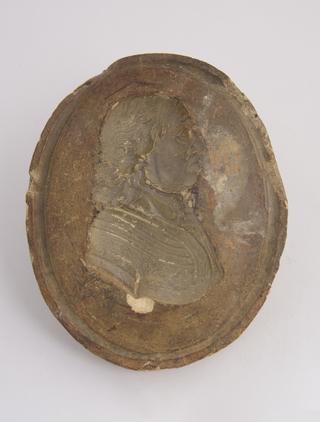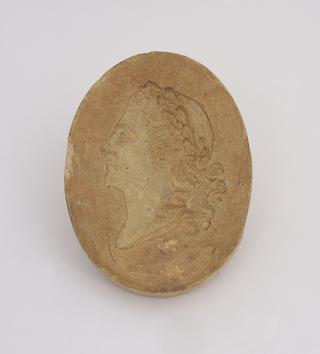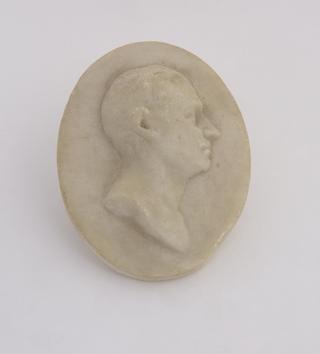
Short mahogany strip brass pin gauge with five pins
- maker:
- James Watt








Short mahogany strip brass pin gauge with five pins, by James Watt, Glasgow, Scotland, 1758-1769. Used for positioning the drilling of flute finger holes. Used as markers for body part of D flute, for 3 + 1 finger holes and one marking end of joint.
This item is part of the contents of the workshop that Scottish engineer James Watt developed at his home, Heathfield, at Handsworth, Birmingham. Although Watt is best known for his work on the steam engine, his workshop contains a wide variety of objects from many different projects, from chemistry to sculpture-copying.
The description of the item was written by Edward Collins, the land agent responsible for Heathfield when the workshop was given to the Science Museum in 1924. Collins could not always identify what he was looking at, but always described what he saw clearly.
This long mahogany strip brass pin gauge with five pins, is by James Watt, Glasgow, Scotland, 1758-1769. It was used for positioning the drilling of flute finger holes, with markers for the body part of a 'D' flute, for 3 + 1 finger holes and one marking end of joint. Flutes were made by watt and his workmen as part of a range of musical instruments which he sold.
Details
- Category:
- James Watt's Garret Workshop
- Object Number:
- 1924-792/2369/4
- Materials:
- mahogany (wood) and brass (copper, zinc alloy)
- Measurements:
-
overall short gauge (five pins): 24 mm x 229 mm x 12 mm, .019kg
- type:
- pin-gauge and marking gauge
- credit:
- Major J.M. Gibson-Watt




